How Davos’s storied past is shaping the future of medicine
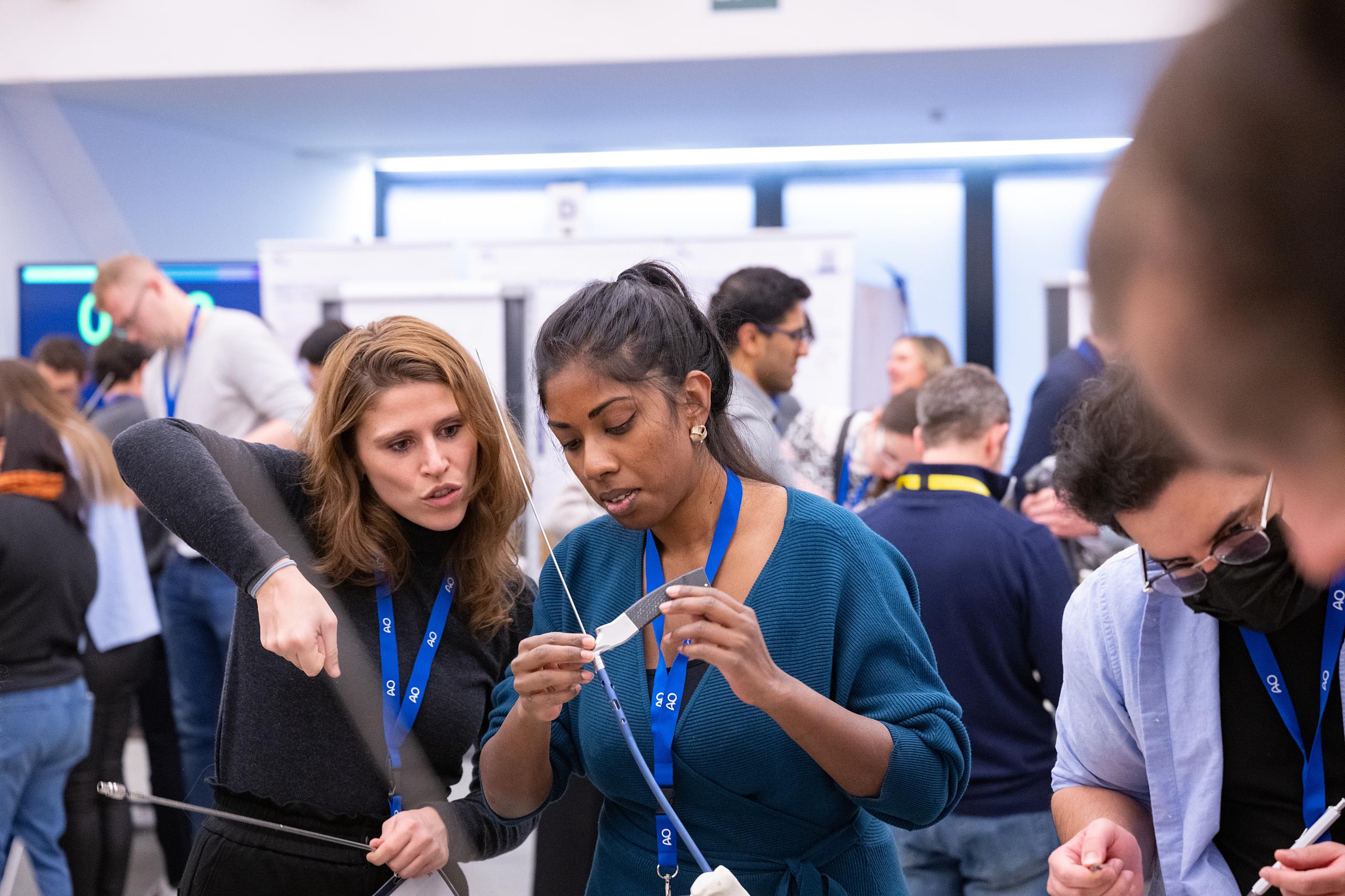
Davos, host to the World Economic Forum (WEF), also attracts surgeons and doctors from all over the world to its cutting-edge research and training institutes. It’s part of a long history of scientific innovation in the small Alpine ski town.
As my train pulls into Davos station, I’m greeted by grey low-hanging clouds – not what I expected from this resort known for its sunlight and fresh air. In the early 20th century, the ideal climate in Europe’s highest-elevation city, at 1,560 metres above sea level, promised a cure for those suffering from lung disease, so much so that the famous German writer Thomas Mann based his novel, The Magic Mountain, on it.
A country doctor, Alexander Spengler, believed he had discovered something otherworldly when he arrived in Davos in 1853 as a political refugee from Germany. He founded the city’s first sanatorium in the 1860s, creating a wellness and holiday resort for the world’s bourgeoisie. Only later did Davos become known as a skiing destination and the home of WEF, held there nearly every January since 1971.

The search for cures and solutions to the world’s big scientific questions has continued in Davos, where for decades more than 400 researchers have been working on everything from artificial intelligence to solar radiation, allergies and avalanches. “Many people, some even here in Davos, do not know that high-level research is being done here,” says mayor Philipp Wilhelm.
A key example is orthopaedics, a branch of medicine that deals with the care of bones and muscles. Every December, the conference centre that also hosts WEF is occupied by some 1,500 surgeons from all over the world who flock to a training congress organised by the AO Foundation. Since 1960, the NGO with a mission is to improve trauma cure has trained participants in treating bone fractures, from the simplest to the most complex, with modern surgical instruments.
The AO Foundation also supports research at a dedicated institute in Davos. Its director, Geoff Richards, excitedly points out flags with the AO logo hanging along the road as we drive to the conference centre. Richards is an extroverted Welshman who seems to know every passer-by. He has meticulously planned our visit down to the minute to fit in as many stops as possible.
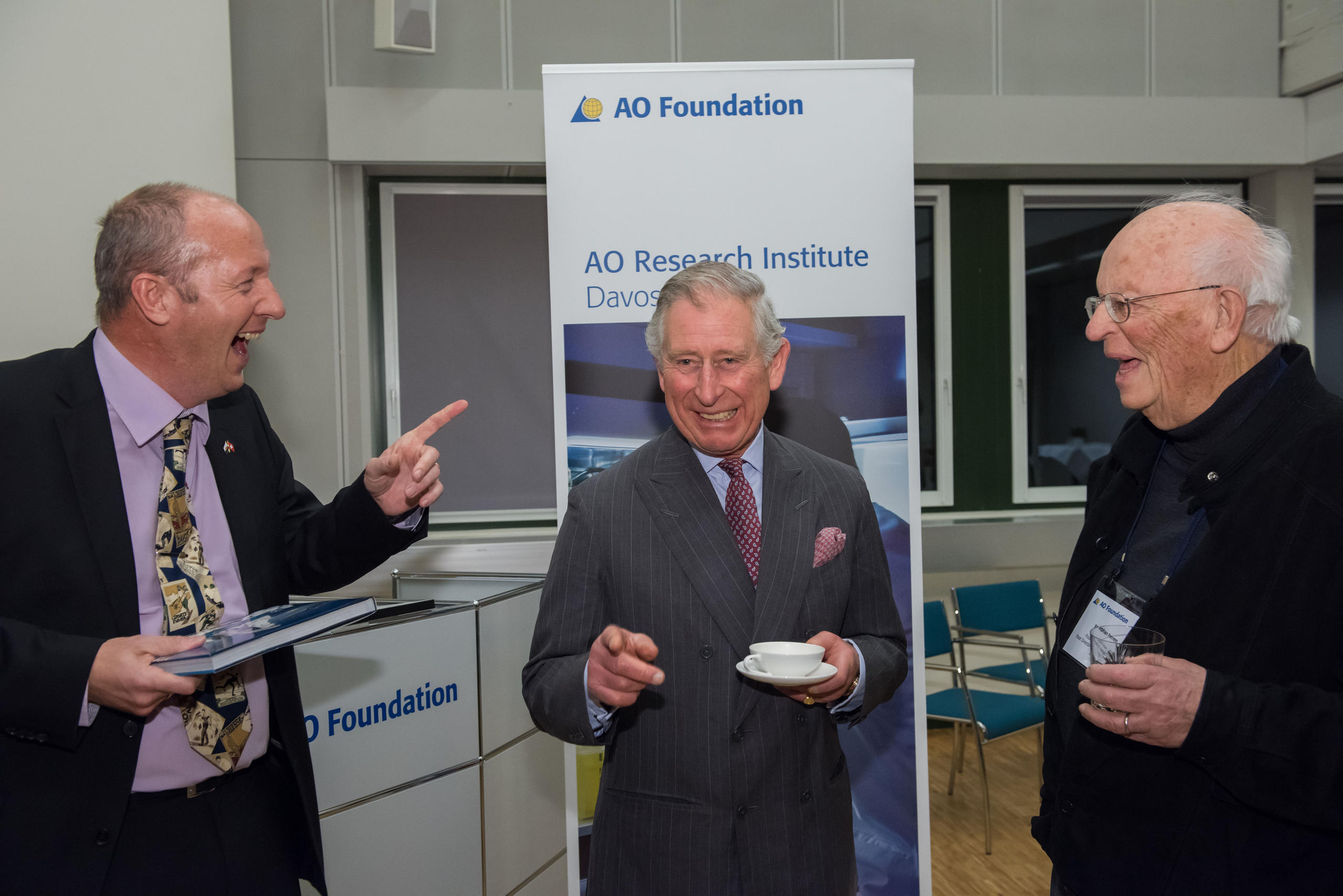
Healing fractures
“Until the 1950s, anyone who broke a femur would stay in bed for months on end and in 60% of cases would not return to work,” says Richards. There was little knowledge about the biological principles of bone healing at the time, and fractures were mostly treated with splints, plaster or traction, he explains. Maurice Müller, an orthopaedist from Biel in western Switzerland, was instrumental in advancing knowledge in the field. He had seen many fractures heal badly in his career and decided to devote himself to experimenting with new techniques to alleviate the suffering of patients.
In 1958, Müller brought together a group of 13 Swiss surgeons and, the following year, one of them – Martin Allgöwer – founded the laboratory for experimental surgery (today known as the AO Research Institute Davos). In the Villa Fontana, a former tuberculosis clinic belonging to the Spengler family, the team of pioneers perfected internal fracture repair techniques, which involve compressing and stabilising the fracture by means of titanium or stainless-steel plates and screws, or nails, that can later be removed.

Their research achieved unprecedented results in the treatment of bone fractures. Today, internal fixation is a routine operation world-wide in the medical field. Still, surgeons must be trained to use new instruments and methods and put in many hours of practice to learn operating techniques.
‘That’s going to change the world’
At the Davos congress centre, where the AO Foundation’s training conference is underway, a skeleton covered in metal plates catches our attention. “That’s going to change the world,” declares Theerachai Apivatthakakul, a Thai surgeon who has been attending these courses for thirty years, as he points to a small, seemingly insignificant piece of metal applied to a fracture. A sensor inside the implant records data on the movement and loading of the patient to monitor the healing of the bone. Doctors can download it directly to their smartphones, reducing the need for costly hospital visits and X-rays. According to Apivatthakakul, this is revolutionary for personalised patient care. Richards agrees, adding that “it will be easier to adapt to everyone’s personal treatment while lowering the insurance costs”.
In the main hall, three surgeons are preparing to operate on a corpse inside a glass cube in a demonstration of a pelvic surgery, which is one of the most complicated, Richards explains. The operation is filmed and live streamed. Large monitors show the grisly details while lunch is served a few metres away. My colleague and I feel somewhat sick to our stomachs.
“Everything is normal for us,” Richards says with a chuckle. We take the stairs and descend into a small, noisy room where a group of young surgeons are drilling and screwing together bone fragments to practice treating elbow fractures, which commonly occur in children. Their colleagues, who have travelled from places like South Africa, India and Colombia, watch them curiously. Surgeons pay between CHF2,000 and CHF4,000 ($2,167-$4,365) to attend these courses, with the costs covered by fellowships for some.
Next to us, a German and a Saudi Arabian student are practicing the technique of external fixation, used in the case of particularly complex fractures. On a plastic model showing a multifragment fracture of the elbow, the two practitioners work with metal wires and pins that go through the skin, remaining anchored to a structure fixed on the outside of the body for at least three weeks.
“There is always some controversy depending on where you come from, for example on surgical techniques, but it is nice to all meet here and find a consensus on how to handle the patients,” says surgeon Folorunsho Edobor-Osula, who travelled from New Jersey in the United States to teach at the conference.
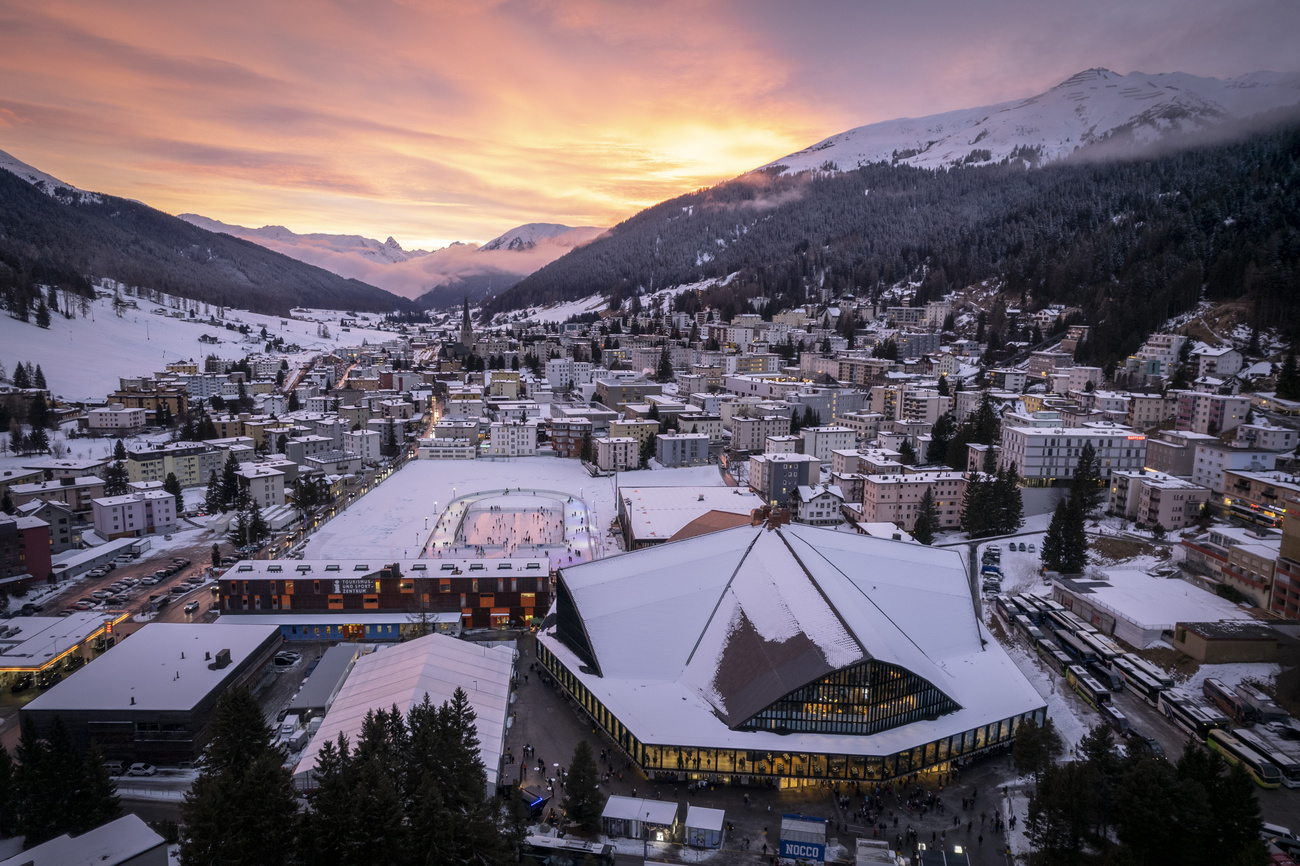
Research at the foot of the mountains
Our day ends with a visit to the AO Institute’s headquarters, now housed in a modern building with a wooden façade at the foot of a mountain where about 160 scientists work. During lunch breaks, they sometimes go out cross-country skiing, one of the advantages of being in Davos for those who love the mountains. A nearby stable is home to a few hundred sheep that will be used in pre-clinical research.
“In five years, I want to build a brand-new institute with state-of-the-art laboratories,” says Richards. He aims to use the data collected from implanted sensors and combine it with biology to develop more effective and less costly personalised treatments.
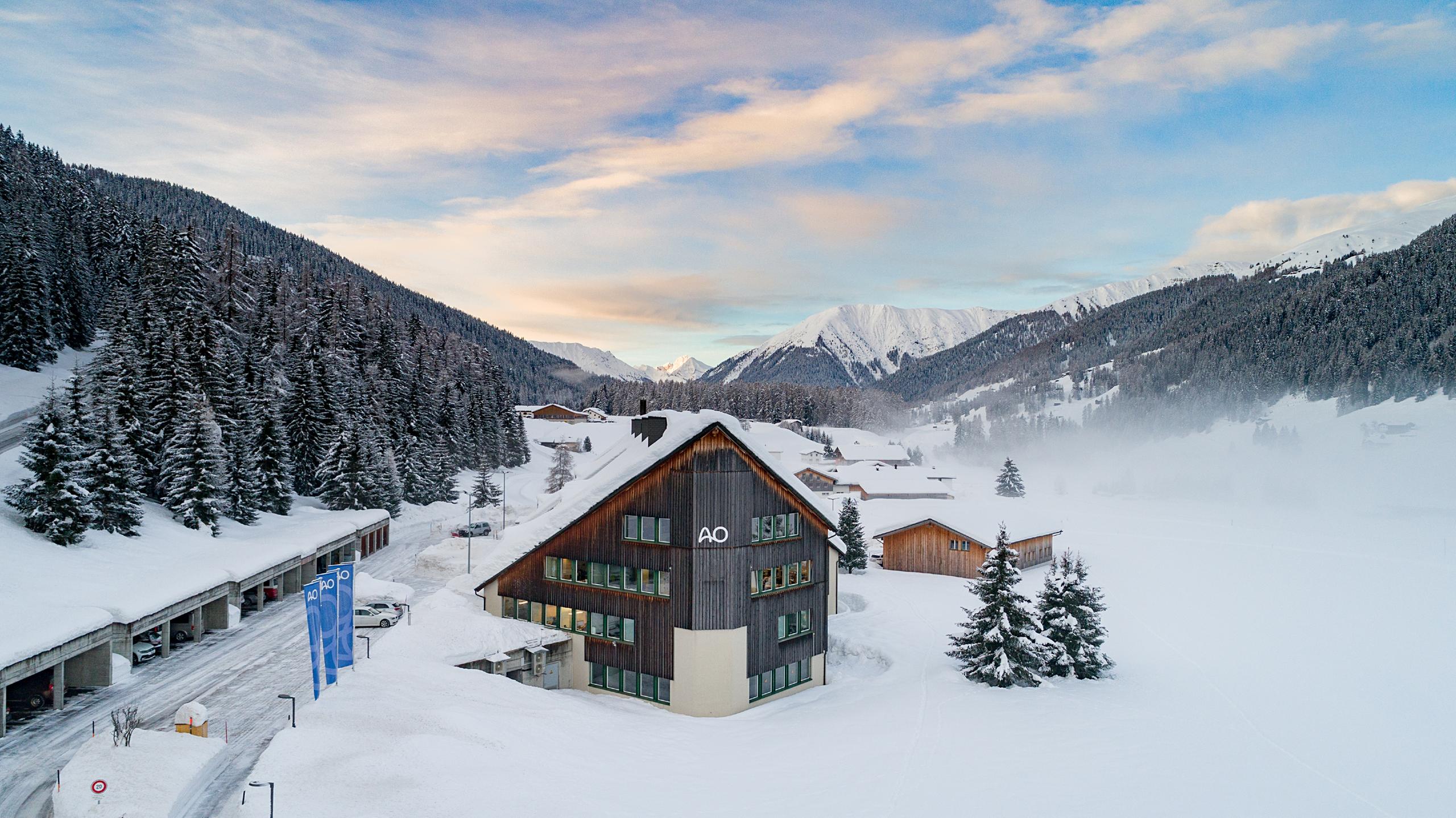
The synergy with other internationally renowned Davos-based research centres, such as the Swiss Allergy and Asthma Research Institute, already plays an important role in achieving these goals, according to Richards. “Davos, although a small town, has important international connections,” he says. “This new campus in the mountains will have everything we need.”
In an upcoming story, we’ll look at how Davos is trying to become a “neutral” hub for AI research
Edited by Sabrina Weiss and Veronica DeVore

In compliance with the JTI standards
More: SWI swissinfo.ch certified by the Journalism Trust Initiative









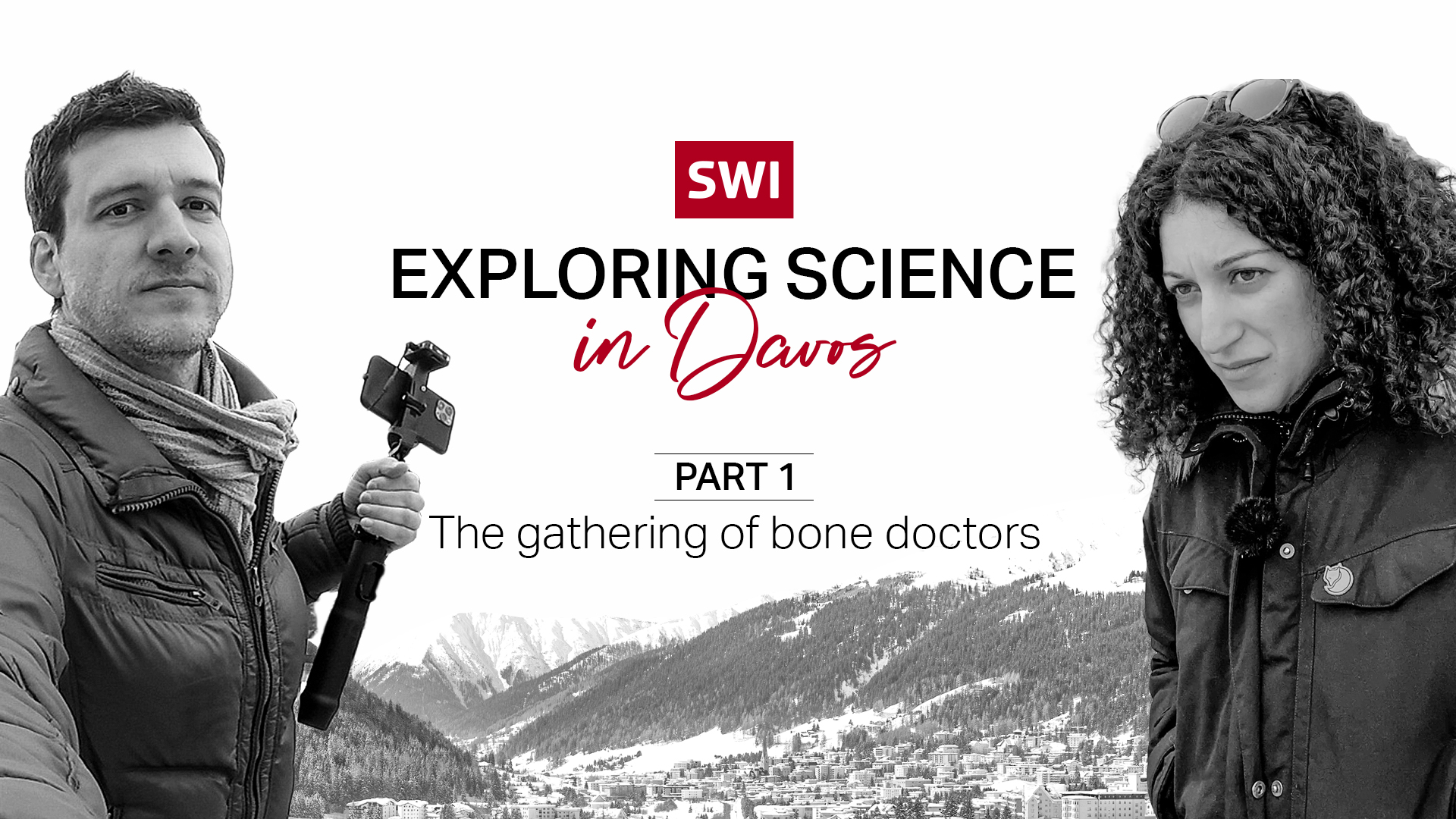
You can find an overview of ongoing debates with our journalists here . Please join us!
If you want to start a conversation about a topic raised in this article or want to report factual errors, email us at english@swissinfo.ch.